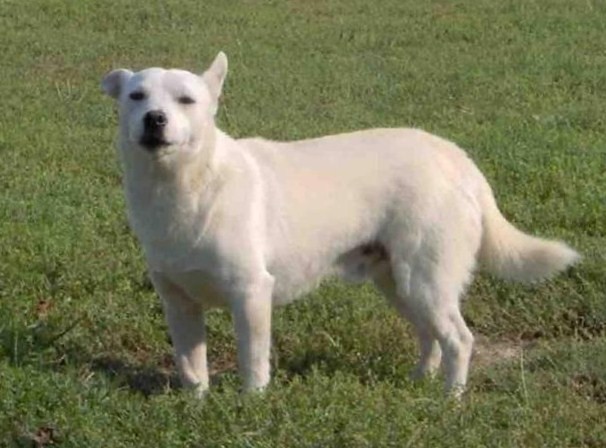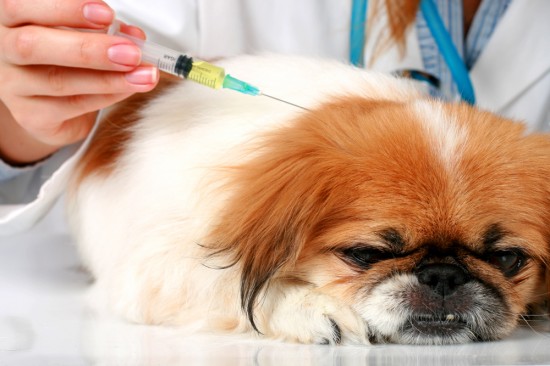Although this disease appears in humans and other animals, it is more associated with dogs. When determining canine hip dysplasia, typical symptoms are pain and lameness to one or both hind legs. It is a genetically inherited defect although there are environmental factors that can lead to this condition such as overweight, lack or too much of exercise or an injury at a young age. It occurs mostly in large breed dogs, although there some breeds which are more prone to it. Interestingly it may also attack cats, but its symptoms in cats are less severe than in dogs. This disease often leads to arthritis, which is known by different names like degenerative joint disease, arthrosis and osteoarthritis.
This disease causes cartilage that lines the hip joint to degenerate and become permanently damaged. The damaged cartilage loses its elasticity and thickness, which in turn affects absorption of pressure applied to this joint during movement. Over time, enzymes and debris accumulate in the joint and destroy cartilage-forming molecules.
Dogs that suffer from this disease usually walk with bunny-like hops, since it is so hard for them to make natural movements. A vet can determine diagnosis after taking x-rays.
There are several ways of treating this disease. If it抯 an easy case then drugs may control the pain and improve the dogs 憇 quality of life. Some medications are effective, and sometimes, a vet will have to change medication in order to achieve better results. There are specific instructions of when and how to administer these medications. It is a must to follow the vet抯 instructions. Also, monitoring calorie intake and reducing weight can be beneficial if the dog is overweight, as this will put less stress on his/her rear leg/s. An orthopedic quality dog bed is a must, since it distributes the body weight more evenly and prevents extra pressure on pain points. The importance of an orthopedic dog bed is invaluable.
In more severe cases, a surgical procedure will be necessary. There are several types of surgeries. Usually the head of the femur is removed, and whatever is left from it grows a false joint, which in many cases allows the dog to function almost normally. Generally with this type of surgery, the pain is reduced significantly. Other surgery that can be preformed is Total Hip Replacement, in which the femur head is removed replaced by titanium. This allows a natural and smooth movement of the joints.

 The Alopekis - A Charming Ancient Greek Dog
The Alopekis - A
The Alopekis - A Charming Ancient Greek Dog
The Alopekis - A
 Guinea Pigs Do Better When Kept As Outdoor Pets
Guinea Pigs Do Be
Guinea Pigs Do Better When Kept As Outdoor Pets
Guinea Pigs Do Be
 Five Fun Ways To Put A Smile On Your Dog’s Face During Hot Weather
Five Fun Ways To
Five Fun Ways To Put A Smile On Your Dog’s Face During Hot Weather
Five Fun Ways To
 Type 1 Diabetes In Dogs - Hope For A Cure
Type 1 Diabetes I
Type 1 Diabetes In Dogs - Hope For A Cure
Type 1 Diabetes I
 Does Your Child Behave Appropriately Towards Your Dog?
Does Your Child B
Does Your Child Behave Appropriately Towards Your Dog?
Does Your Child B